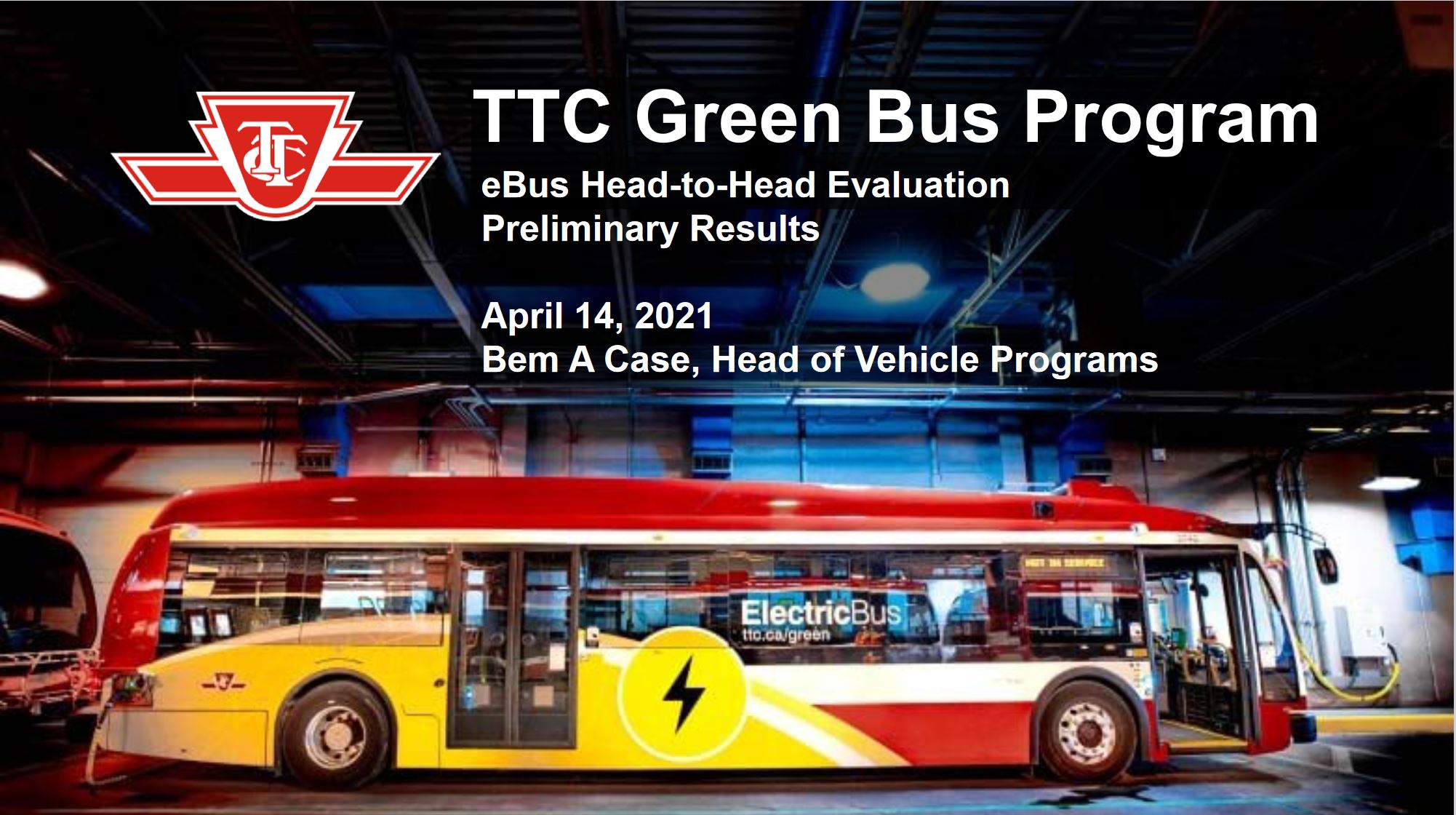TRONto
Active Member

MIT task force predicts fully autonomous vehicles won’t arrive for ‘at least’ 10 years
An MIT report predicts that truly autonomous cars won't arrive for at least a decade -- even on the most optimistic timeline.


Pedestrians will still need to cross the road. Which means lights will have to change cycles so capacity would be hampered as roadway volume increases. Any form of mobility has a maximum theoretical capacity. We will still be asking the same questions, and having the same concerns about roadway volumes, despite how safe AVs will be.Road capacity will remain a challenge, particularly because AEVs will result in a big increase in VMTs. They can also play a big role in making transit more relevant to more users (minibuses).
Yes, I think a lot of techno-optimists forget about pedestrians, bicycles, pets/wildlife when they come up with their optimistic visions of massively increasing capacity of existing roads. There is some room for improving overall traffic by optimizing for collective flow rather than each driver greedily optimizing their travel speed and timing intersections, etc. But the idea of weaving intersections is crazy. Pedestrians still need to cross the street.Pedestrians will still need to cross the road. Which means lights will have to change cycles so capacity would be hampered as roadway volume increases. Any form of mobility has a maximum theoretical capacity. We will still be asking the same questions, and having the same concerns about roadway volumes, despite how safe AVs will be.
Yes, I think a lot of techno-optimists ...
Yes, I think a lot of techno-optimists
I thought the technology was further ahead as there are many fleets purchasing electric buses around the world. The TTCs test of eBuses was disappointing in that regardWhich issues specifically? Charging?
There are lots in China, but their standards are maybe not as high.I thought the technology was further ahead as there are many fleets purchasing electric buses around the world. The TTCs test of eBuses was disappointing in that regard
Issues noted:
-short range
-supply chain / spare parts / post sales support
-mean time before defects (higher than hybrids)
The powertrain development out of FormulaE may actually end up being quite good for buses. The stop-start, high power requirements of buses have different design requirements than a standard production car. Electric powertrain development is going to continue to move at a rapid pace over the next 10 years.There are lots in China, but their standards are maybe not as high.
I see range as less of a problem than the ability to charge quickly between rushes. You just need a network of satellite charging locations for buses to be taken out of service for an hour or so. Near terminals would make sense.
It's a shame Tesla can't do everything. I'm sure they would make a pretty good bus, though the durability challenge buses represent is not something Tesla has really tackled yet. I think they could do very well with powertrain.
It was noted that because of the difference in available operating time between battery vs hybrid due to charging times would cause a need for more ebuses.There are lots in China, but their standards are maybe not as high.
I see range as less of a problem than the ability to charge quickly between rushes. You just need a network of satellite charging locations for buses to be taken out of service for an hour or so. Near terminals would make sense.
It's a shame Tesla can't do everything. I'm sure they would make a pretty good bus, though the durability challenge buses represent is not something Tesla has really tackled yet. I think they could do very well with powertrain.
It's very similar for last mile delivery vans. The cost, charging speed, range is pretty disheartening compared to where passenger EVs are today.It was noted that because of the difference in available operating time between battery vs hybrid due to charging times would cause a need for more ebuses.
That's all at today's tech of course. Things will get better. I didn't realize how much room for improvement there was.
Potential for what? Any throughput that a minibus vehicle can achieve is no better than the equivalent by a longer vehicle at less frequency? What benefit does reducing the vehicle size to vastly smaller pods have in increasing throughput? The only reason he is using smaller "vehicles" is because it directly ties with being able to sell individual vehicles to the general population. He has no desire to build public transportation systems, as his desire is to sell you a car. It's not like he's genuinely interested in improving signalling technology for trains or for reducing subway tunneling costs either...
18:50 - first comments autonomous cars, connected AVs are a huge security risk
21:30 - SAE Level numbers suck, should be names.
25:00 - Tesla is not Waymo Jr.
25:30 - Truck driving has high turnover, no kid dreams of driving for Uber. These are good jobs for robots to take over.
29:00 - Robotaxis will spread gradually, unless Tesla pulls off a miracle. Highway autonomy is easy. Pushes back on hosts who are really stuck on Boston-LA being some kind of big milestone.
34:00 - Companies are ready to do ramp-to-ramp driverless highway trucking very soon (if they can get regulatory approval). In early days Waymo considered ramp-to-ramp for personal cars. Honda Legend kind of does it now.
36:30 - 25% of energy for transport. We spend 50 billion hours/year turning steering wheels vs. 240 billion working.
37:45 - "This decade" we'll see Robotaxis spreading to many cities. Prime territories will get it in 5 years, some places not for decades.
39:30 - Starship autonomous robots have delivered a million pizzas/groceries/etc.
40:15 - No more AV stuff. EFF/digital rights (Java lawsuit, social media, etc.). Brad's new morality framework -- it's wrong to exploit bugs in human psychology. Etc.




